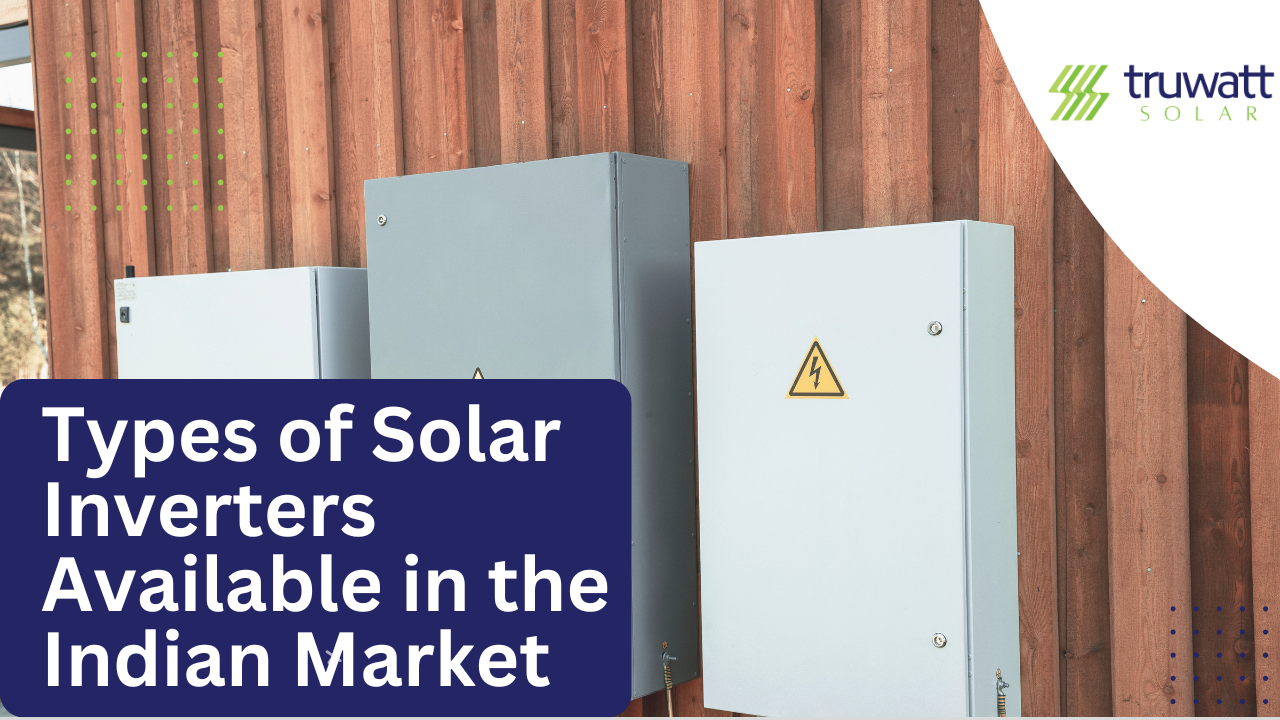
Types of Solar Inverters Available in the Indian Market
Solar energy has gained significant traction in India as an alternative source of power, driven by government initiatives and increasing awareness of environmental sustainability. One of the critical components of a solar power system is the inverter, which converts the direct current (DC) generated by solar panels into alternating current (AC) suitable for household and commercial use. The Indian market offers a variety of solar inverters, each catering to specific needs and preferences. Here's an overview of the main types of solar inverters available:
1. String Inverters
String inverters are among the most commonly used inverters for residential and small commercial solar systems. These inverters connect multiple solar panels (forming a string) to a single inverter.
Features:
- Centralized conversion of DC to AC.
- Cost-effective and easy to install.
- Suitable for installations with consistent sunlight exposure.
Limitations:
- Performance is affected if one panel in the string is shaded or malfunctioning.
- Less efficient for complex installations with varying panel orientations.
2. Microinverters
Microinverters are compact devices installed directly on individual solar panels. They convert DC to AC at the panel level.
Features:
- Panel-level monitoring and optimization.
- Improved efficiency for installations with shading or varied orientations.
- Enhanced system reliability due to distributed functionality.
Limitations:
- Higher upfront cost compared to string inverters.
- Complex installation process.
3. Hybrid Inverters
Hybrid inverters, also known as multi-mode inverters, integrate the functionalities of a regular solar inverter with a battery inverter. They are ideal for systems that include energy storage.
Features:
- Compatible with battery storage systems for energy backup.
- Allow for energy management and load shifting.
- Support both grid-tied and off-grid operations.
Limitations:
- Higher cost compared to standard inverters.
- Requires careful system design to optimize battery use.
4. Off-Grid Inverters
Off-grid inverters are designed for systems that are entirely disconnected from the utility grid. These systems rely solely on solar panels and batteries for power.
Features:
- Provide complete energy independence.
- Integrated with battery storage for uninterrupted power supply.
Limitations:
- More expensive due to the need for batteries.
- Not suitable for areas with high energy demand unless adequately sized.



5. Central Inverters
Central inverters are large-scale inverters designed for utility-scale solar installations. They handle high power capacities and are typically used in solar farms.
Features:
- Suitable for large installations with uniform sunlight exposure.
- High efficiency for centralized systems.
Limitations:
- Not suitable for residential or small commercial setups.
- Require significant space and complex installation processes.
Conclusion
Choosing the right solar inverter depends on various factors, including the size of the installation, budget, energy requirements, and whether or not battery storage is needed. With advancements in solar technology and government incentives, the Indian market offers a diverse range of inverters to cater to different consumer needs. Prospective buyers should consult with solar energy experts to select the inverter that best aligns with their specific requirements, ensuring optimal performance and long-term reliability.
Leave a Reply
Your email address will not be published. Required fields are marked*
